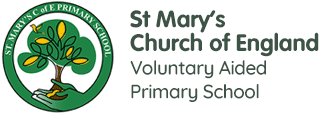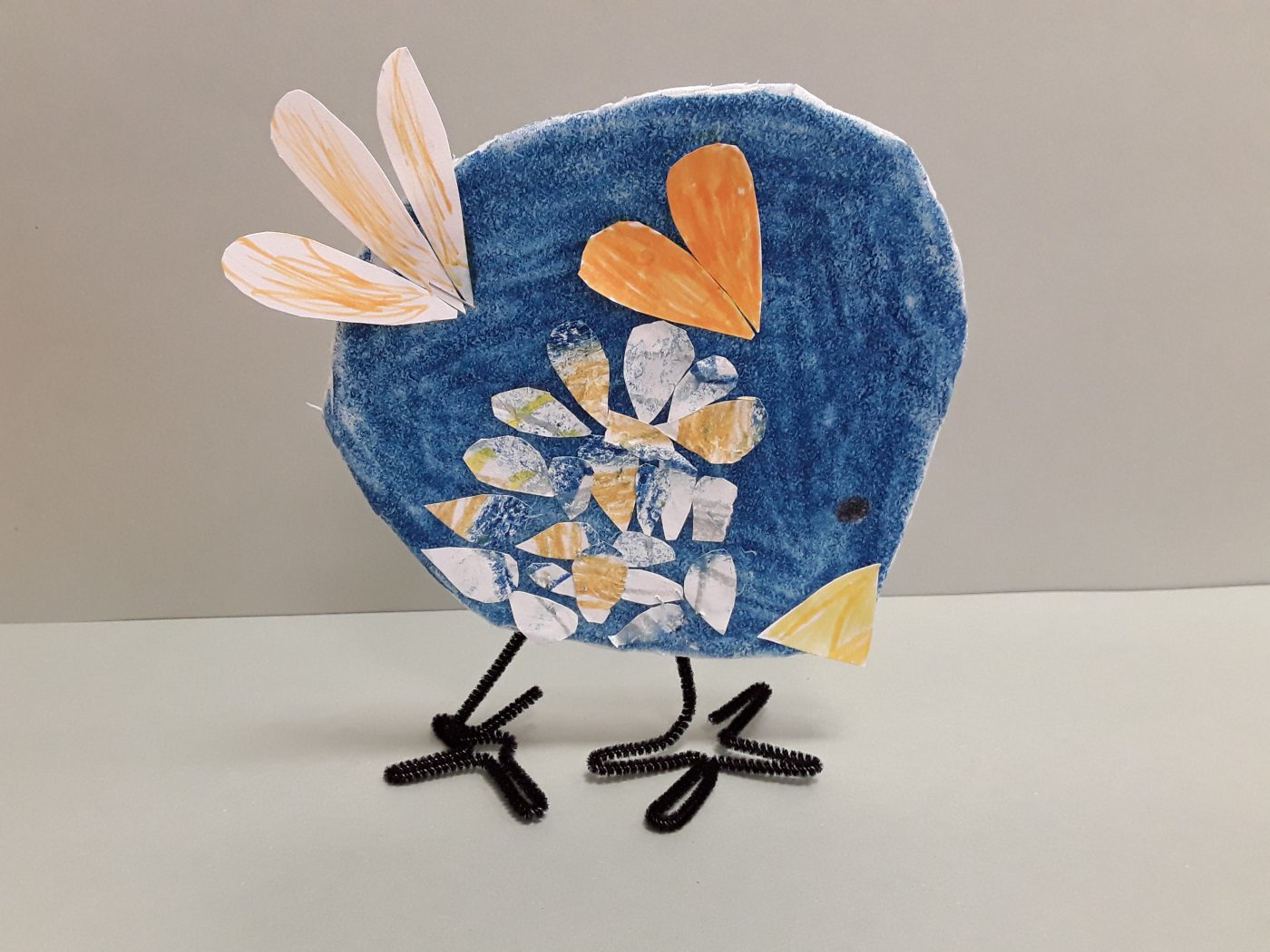
Art lessons within the classroom give children the opportunity to develop their skills in drawing, painting, collage, printing, textiles and 3D construction. Many links are made to other subjects, particularly English, History and Geography.
At St. Mary’s Primary School, we believe that Art and Design should be creative, exciting and fully inclusive to every child. Our aims are to fulfil the requirements of the National Curriculum for Art and Design and provide a broad and balanced curriculum. We strive to ensure the progressive development of knowledge and skills across the year groups, building on the fantastic opportunities they have for creativity in EYFS.
Our Art and Design teaching instills an appreciation and enjoyment of the visual arts. Art and design stimulates imagination and creativity; involving children in a range of visual, tactile and sensory experiences. We aim to enable children to observe and record from first-hand experience and from their imagination, and these experiences enable them to communicate what they see, think and feel through the use of the elements of colour, texture, form and pattern. Art and design promotes careful observation and an appreciation of the world around us. Art also promotes a sense of well-being and enjoyment in our pupils, which we want to nurture.
Our learning and teaching in Art and Design is creative and hands-on, allowing opportunities for pupils to work independently, in pairs and in groups of various sizes both inside and outside of the classroom. Pupils are given opportunities to become competent in a wide range of styles of art, craft and design, including but not limited to painting, drawing, sculpture and digital artwork.
Pupils examine and analyse the work of famous artists, craftspeople and designers linked to their unit. Pupils explore a range of artwork using the language of Art and Design, and are also offered the opportunity to respond to artists’ work using their own language including orally, in written contexts and through their own artistic responses. From Year 1, the children use A3 sketch books to capture their Art learning journey for each unit. Sketch books are used for the exploration of skills and techniques, to record reflective notes and comments and complete any 2 dimensional artwork.
We provide varied and differentiated ways for pupils to record the outcomes of their work. Prior learning is revisited to enable children to make links to previous learning. The curriculum has been carefully planned to enable children to build upon their skills and knowledge year on year.
Teachers use the Access Art scheme to guide their art teaching.
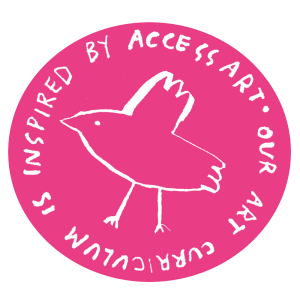
Each Art and Design lesson has a clear objective and set learning targets for pupils in terms of a skills acquisition. We recognise and encourage that children may go beyond or outside of our set learning intentions, and creativity is at the forefront of our teaching. Lessons are adapted to ensure all children are challenged, included and engaged.
We ensure that when assessing pupils, evidence is drawn from a wide range of sources to inform the process, including: interaction with pupils during discussions and related questioning; day-to-day observations; the pupils’ artwork and sketchbooks; and pupils’ written responses and evaluations.
Click to view our Art Executive Summary, which shows how the children are given opportunities to learn and demonstrate knowledge and skills in 3D work, collage, drawing, painting and printmaking, all linked to the National Curriculum. See Reception Arts Sequence of Learning and Progression for expressive arts learning.
Click here to view examples of lockdown art and also to see collaborative art pieces created by the children after lockdown in March 2021.
Click here to see artwork inspired by Brazilian Pop Artist Romero Britto.
Click here to see artwork inspired by Molly Haslund
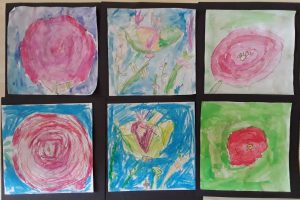
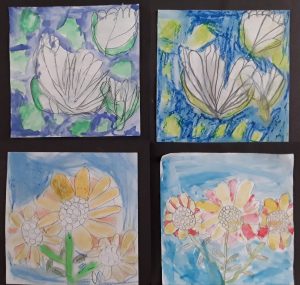
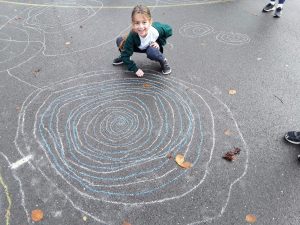
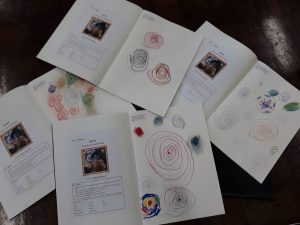
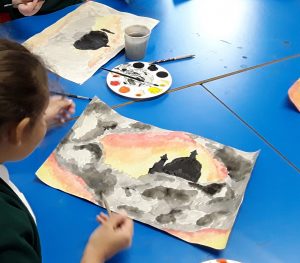
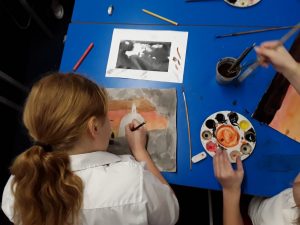
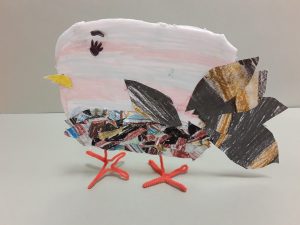
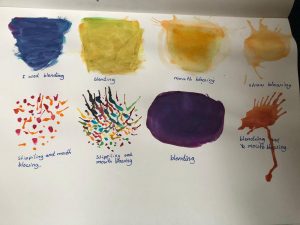
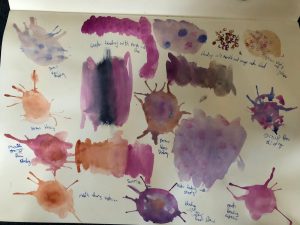
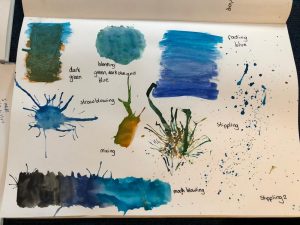
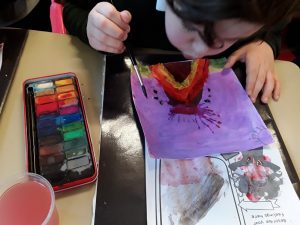
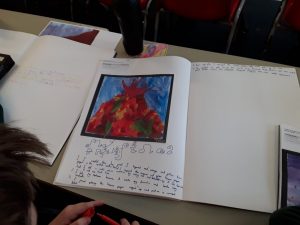
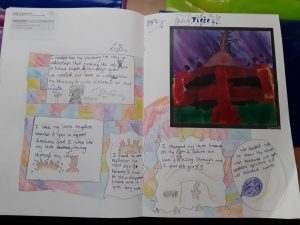
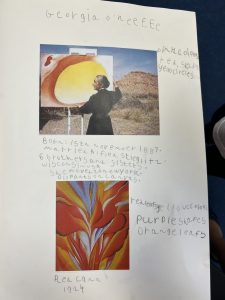
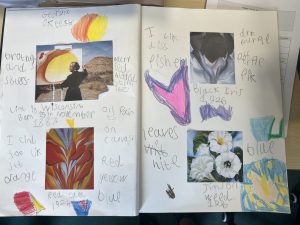
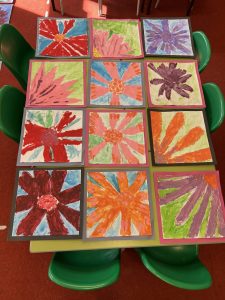
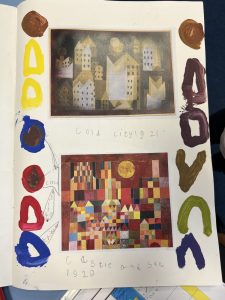
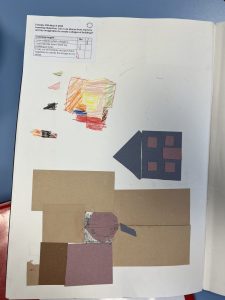
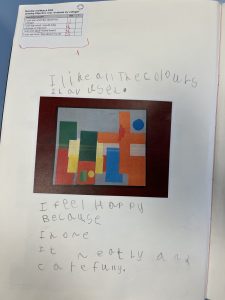
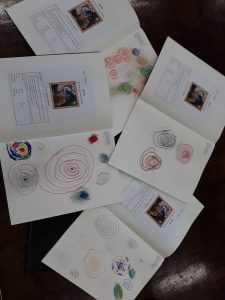
At St Mary’s D&T encourages children to experiment, problem solve and improve. Design and Technology learning should create a journey through designing, planning, making and evaluating. The children will explore the different people and purposes they can design for and learn to conduct research into people’s wants and needs. Children should build essential technical skills and understanding by working on a range of techniques and systems such as sewing, cutting, circuits and levers. This gives them an understanding of how the machines and inventions around them work. It is vital that during their Design and Technology education that children are given the opportunity to explore the impact of their product by looking at sustainable materials, recycling and healthy eating.
Design Technology is taught in a way that ensures children make cross curricular links within their learning. Links are often made to a humanities or science area of study in order to bring context to the learning, making it meaningful and valuable.
From the Early Years, children enjoy a range of designing and building activities including junk modelling and making musical instruments from everyday objects. This recycling of materials is continued throughout the school which encourages the children to consider the recycling and sustainability of everyday materials.
We teach the children to carefully think about each stage, including research, design, making (practical skills and techniques) and evaluation of the product they are creating. Units include cookery, construction and textiles and objectives are set out school, linked to the National Curriculum.
The national curriculum for design and technology aims to ensure that all pupils:
Click to view the Design Technology Executive Summary
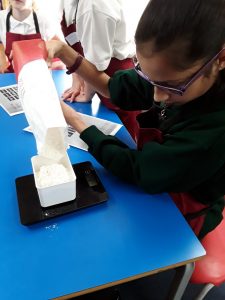

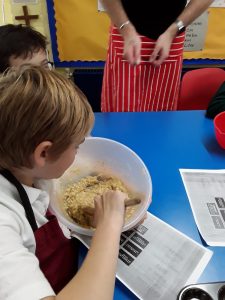
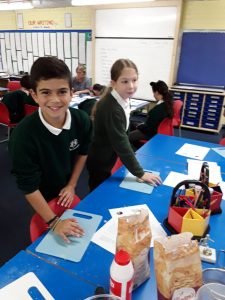
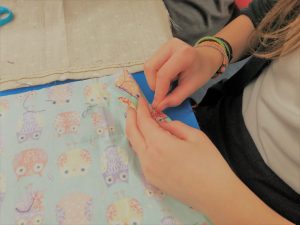
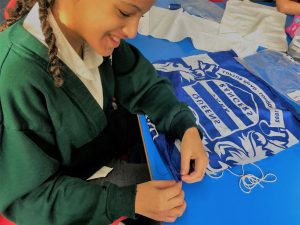
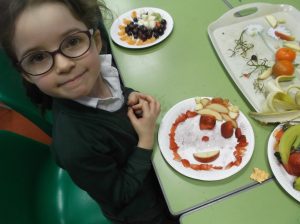
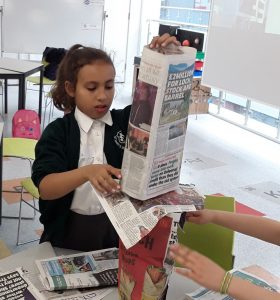
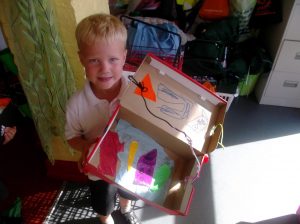
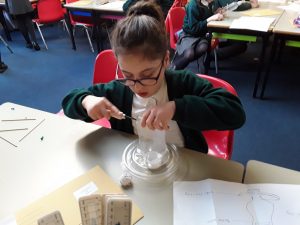
Click here to take a look at a post about designing and making board games in Y6.
